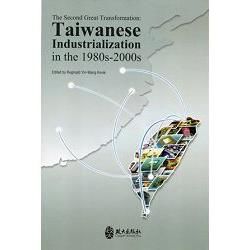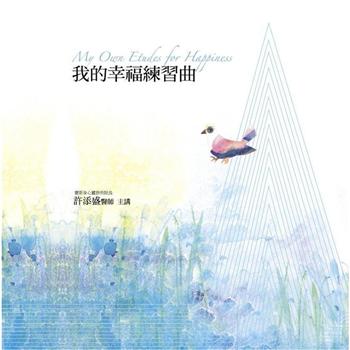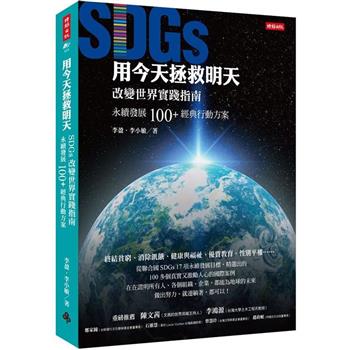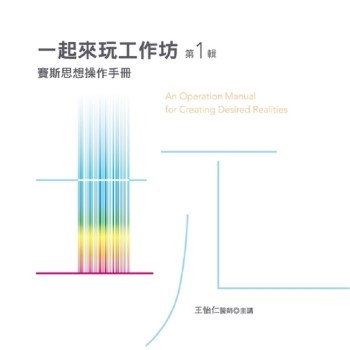| FindBook |
有 5 項符合
The Second Great Transformation: Taiwanese Industrialization in the 1980s-2000s的圖書 |
 |
The Second Great Transformati... 作者:Reginald Yin-Wang Kwok/編著 出版社:政大出版社 出版日期:2011-04-01 語言:英文 規格:平裝 / 366頁 / 普通級/ 單色印刷 / 初版 |
| 圖書選購 |
| 型式 | 價格 | 供應商 | 所屬目錄 | $ 405 |
教育學習 |
$ 427 |
中文書 |
$ 428 |
台灣歷史 |
$ 428 |
教育學習 |
$ 428 |
台灣研究 |
|---|
| 圖書館借閱 |
| 國家圖書館 | 全國圖書書目資訊網 | 國立公共資訊圖書館 | 電子書服務平台 | MetaCat 跨館整合查詢 |
| 臺北市立圖書館 | 新北市立圖書館 | 基隆市公共圖書館 | 桃園市立圖書館 | 新竹縣公共圖書館 |
| 苗栗縣立圖書館 | 臺中市立圖書館 | 彰化縣公共圖書館 | 南投縣文化局 | 雲林縣公共圖書館 |
| 嘉義縣圖書館 | 臺南市立圖書館 | 高雄市立圖書館 | 屏東縣公共圖書館 | 宜蘭縣公共圖書館 |
| 花蓮縣文化局 | 臺東縣文化處 |
|
|
圖書介紹 - 資料來源:TAAZE 讀冊生活 評分:
圖書名稱:The Second Great Transformation: Taiwanese Industrialization in the 1980s-2000s
本書集結一組具代表性、且具共同理論架構之區域及產業研究。這是針對兩岸政治經濟、全球化及國家介入下之一系列產業區域發展,所進行的一個多學科的檢視,並且體現台灣產業的生產環境。
商品資料
- 作者: Reginald Yin-Wang Kwok
- 出版社: 國立政治大學出版社 出版日期:2011-04-01 ISBN/ISSN:9789866475115
- 語言:繁體中文 裝訂方式:平裝 頁數:344頁 開數:25K
- 類別: 中文書> 政府考用> 政府出版品
|











